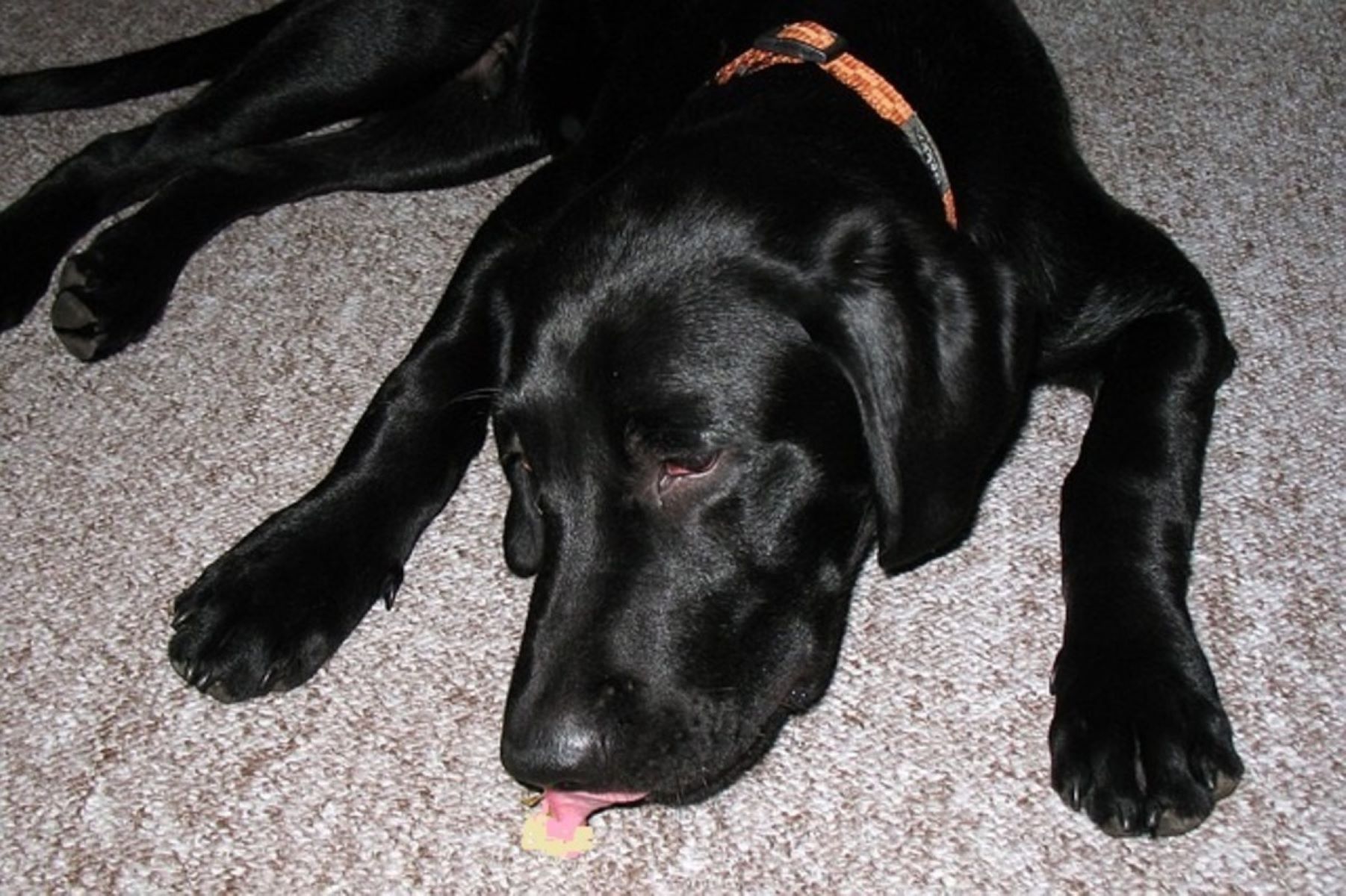

Articles
Why Do Dogs Lick Rugs
Modified: December 7, 2023
Learn why dogs lick rugs and how to stop this behavior in our informative articles. Discover effective strategies and tips to keep your rugs clean and intact.
(Many of the links in this article redirect to a specific reviewed product. Your purchase of these products through affiliate links helps to generate commission for Storables.com, at no extra cost. Learn more)
Introduction
Dogs are known for their quirky behaviors, and one puzzling behavior that often leaves owners scratching their heads is rug licking. If you’ve ever caught your dog repeatedly licking or chewing on your favorite rug, you may wonder why they engage in this peculiar activity.
In this article, we will explore the reasons behind why dogs lick rugs. It’s important to note that excessive rug licking can be a sign of an underlying issue, either behavioral or medical, so understanding the root cause is crucial in finding a solution to this behavior.
So, grab a cup of coffee and let’s dive into the fascinating world of why dogs can’t resist giving those rugs a good lick!
Key Takeaways:
- Dogs may lick rugs out of curiosity, anxiety, or medical issues. Providing mental stimulation, chew toys, and a consistent routine can help redirect their attention and prevent excessive rug licking.
- Addressing underlying health issues and creating a safe, comfortable environment are crucial in managing rug licking behavior. Positive reinforcement and patience play a key role in modifying your dog’s behavior.
Read more: Why Is My Dog Licking The Floor
Why Dogs Lick Rugs
There are several reasons why dogs may be drawn to licking rugs. While it may seem like a strange habit to us, it actually stems from their natural instincts and behavioral tendencies.
One common explanation for rug licking is that dogs have an inherent need to explore their environment through taste and touch. As puppies, dogs use their mouths to investigate objects around them. This behavior serves as a way to gather information and learn about their surroundings. Even as they grow older, dogs may continue this behavior as a way to satisfy their curiosity.
Another reason dogs lick rugs is to seek comfort and relieve anxiety. Dogs are creatures of habit, and they often develop certain rituals or repetitive behaviors to cope with stress and uncertainty. Rug licking can serve as a self-soothing mechanism, providing a sense of security and calming effect for dogs experiencing anxiety or boredom.
In some cases, dogs may be attracted to the texture or taste of rugs. Certain rugs may have residual odors or food particles embedded within them, which can pique a dog’s interest and lead to licking. Additionally, dogs have a heightened sense of smell, and they may be able to detect the scent of other animals or substances on the rug, making it more enticing to lick.
It is important to note that excessive or compulsive rug licking should be monitored closely, as it can indicate underlying behavioral or medical issues. If your dog engages in obsessive licking, it’s advisable to consult with a veterinarian or a professional dog behaviorist for guidance.
Behavioral Reasons for Rug Licking
When it comes to rug licking, there are several behavioral reasons that may explain why dogs engage in this activity. Understanding these reasons can help address the behavior appropriately and provide a solution that works for both you and your furry friend.
1. Boredom and Anxiety: Dogs are social creatures and need mental and physical stimulation to thrive. When left alone for extended periods or without sufficient activities to keep them engaged, dogs may resort to rug licking as a form of entertainment or a way to alleviate boredom and anxiety. Providing plenty of exercise, interactive toys, and mental stimulation can help redirect their focus and reduce rug licking tendencies.
2. Attention-Seeking: Dogs are highly perceptive and quickly learn that certain actions elicit attention from their owners. If a dog discovers that licking rugs results in attention, even if it’s in the form of reprimands, they may continue the behavior as a means of seeking attention. In such cases, it’s important to redirect their attention to more appropriate behaviors and reward positive actions with attention and affection.
3. Habit Formation: Dogs are creatures of habit and can develop routines and behaviors that become ingrained over time. Rug licking may simply be a habit that dogs have formed, perhaps out of comfort or familiarity. Breaking this habit requires patience, consistency, and providing alternative outlets for their energy and need for stimulation, such as puzzle toys or interactive play sessions.
4. Inadequate Socialization: Dogs that have not been properly socialized may exhibit anxious behaviors, including rug licking. Lack of exposure to various environments, people, and other animals can lead to heightened stress levels and reliance on self-soothing behaviors, such as rug licking. Gradual socialization and positive reinforcement training can help minimize anxiety and reduce the need for this behavior.
5. Compulsive Behavior: In some cases, dogs may develop compulsive behaviors, including excessive rug licking. This can be a result of underlying medical issues or a manifestation of obsessive-compulsive disorder. If you suspect that your dog’s rug licking is compulsive in nature, it’s crucial to consult with a veterinarian or a professional dog behaviorist for a proper diagnosis and treatment plan.
By identifying the underlying behavioral reasons for rug licking, you can take appropriate steps to manage and redirect the behavior. A combination of mental and physical stimulation, positive reinforcement training, and addressing any underlying anxieties or compulsions can help curb rug licking tendencies in your beloved canine companion.
Provide your dog with plenty of appropriate chew toys and bones to redirect their licking behavior away from the rug. Regular exercise and mental stimulation can also help reduce excessive licking.
Medical Reasons for Rug Licking
While some dogs may lick rugs out of behavioral reasons, there are also several medical conditions that can contribute to this behavior. It’s essential to consider potential medical causes if your dog exhibits excessive or persistent rug licking, as addressing the underlying health issue is crucial for their well-being.
1. Allergies: Dogs can develop allergies to various substances, including certain foods, environmental allergens, or even materials present in rugs, such as dyes or synthetic fibers. Allergic reactions can lead to itchiness and discomfort, prompting dogs to lick their paws or other body parts, including rugs, to soothe the irritation. If you suspect allergies, consult with your veterinarian for proper diagnosis and treatment.
2. Skin Infections or Irritations: Skin infections or irritations, such as dermatitis or hot spots, can cause dogs to lick excessively. These conditions create discomfort and itching, leading dogs to seek relief by licking various surfaces, including rugs. Regularly inspect your dog’s skin for any signs of redness, inflammation, or lesions, and consult with your veterinarian for appropriate treatment.
3. Gastrointestinal Issues: Dogs with gastrointestinal problems, such as acid reflux, stomach ulcers, or inflammatory bowel disease, may engage in rug licking as a way to alleviate discomfort or as a result of nausea. If your dog exhibits other digestive symptoms, such as vomiting, diarrhea, or loss of appetite, it’s crucial to consult with your veterinarian for proper diagnosis and treatment.
4. Pain or Discomfort: Dogs can often lick rugs as a response to pain or discomfort in specific parts of their body. This can be due to joint pain, dental issues, or other underlying health conditions. If your dog shows signs of discomfort, such as limping, favoring certain body parts, or behavioral changes, it’s important to have them examined by a veterinarian to identify and address the source of the pain.
5. Neurological Disorders: Certain neurological disorders, such as cognitive dysfunction syndrome or compulsive disorders, can manifest in excessive licking behaviors. These conditions affect the brain’s function and can lead to abnormal repetitive behaviors, including rug licking. Seeking veterinary guidance is crucial for proper diagnosis and management of these disorders.
If you suspect that a medical condition is leading to your dog’s rug licking, it’s essential to consult with a veterinarian. They will perform a thorough examination, conduct any necessary tests, and provide appropriate treatment options to address the underlying health issue and alleviate your dog’s discomfort.
How to Stop Dogs from Licking Rugs
If your dog has developed a habit of licking rugs, it’s important to address the behavior to prevent any potential health issues and maintain the condition of your rugs. Here are some effective strategies to help stop dogs from licking rugs:
1. Provide Alternative Chewing Options: Dogs have a natural inclination to chew, so it’s crucial to provide them with appropriate outlets for this behavior. Offer a variety of chew toys, puzzle toys, or treat-dispensing toys to keep your dog engaged and redirect their attention away from rugs.
2. Increase Mental and Physical Stimulation: Boredom can often lead to rug licking. Make sure your dog gets enough mental and physical exercise throughout the day. Engage them in games, training sessions, and interactive play to keep their minds stimulated and their energy levels balanced.
3. Maintain a Consistent Routine: Dogs thrive on routine and predictability. Establish a consistent daily routine that includes regular meal times, exercise, playtime, and rest. This will help reduce anxiety and provide a sense of security for your dog, minimizing the likelihood of rug licking as a coping mechanism.
4. Address Underlying Medical Issues: If you suspect that your dog’s rug licking is due to an underlying medical condition, consult with a veterinarian. Proper diagnosis and treatment of any health issues will help relieve discomfort and reduce the desire to engage in rug licking.
5. Use Deterrents: Consider using deterrents to discourage your dog from licking rugs. Bitter-tasting sprays and pet-safe deterrents can be applied to rugs to make them unappealing to your dog’s taste buds. Always ensure that the products you use are safe for your dog and won’t cause any harm or discomfort.
6. Training and Behavioral Modification: Teach your dog a “leave it” or “no lick” command and reward them for complying. Use positive reinforcement techniques to redirect their attention and reinforce desired behaviors. Consulting with a professional dog trainer or behaviorist can provide additional guidance and support in addressing rug licking behavior.
7. Create a Safe and Comfortable Environment: Ensure that your dog has a cozy and comfortable space where they can relax and feel secure. Provide them with a comfortable dog bed or crate, access to fresh water, and toys to keep them occupied and content.
Remember, patience and consistency are key when attempting to modify your dog’s behavior. Avoid punishment or harsh methods, as they can increase anxiety and potentially worsen the rug licking behavior. With dedication, positive reinforcement, and a proactive approach, you can help redirect your dog’s attention away from rugs and establish healthier habits.
Read more: Why Do Dogs Scratch Rugs
Conclusion
Rug licking may seem like a strange and puzzling behavior, but understanding the reasons behind it is crucial in addressing the issue effectively. Dogs may engage in rug licking for various behavioral and medical reasons, including curiosity, anxiety, allergies, or underlying health conditions.
If your dog licks rugs excessively, it’s important to monitor the behavior closely and consider seeking guidance from a veterinarian or professional dog behaviorist. They can help identify any underlying health issues and provide appropriate treatment options.
To prevent and manage rug licking, it is essential to provide dogs with plenty of mental and physical stimulation, appropriate chew toys, and a consistent routine. Additionally, addressing any underlying anxiety or boredom and creating a safe and comfortable environment for your dog can help redirect their attention away from rugs.
Remember that training and behavioral modification techniques, coupled with positive reinforcement, play a vital role in helping dogs overcome the habit of rug licking. Avoid punishment or negative reinforcement, as it can cause more stress and anxiety for your furry companion.
By taking a proactive approach, remaining patient, and seeking professional guidance when necessary, you can address rug licking behavior and ensure the well-being of your dog. Remember to always consult with a qualified veterinarian if you have any concerns about your dog’s health or persistent licking behavior.
So, next time you catch your dog eyeing your rug with an intent to lick, you’ll have a better understanding of why they do it and how to address it. Happy rug-licking prevention!
Frequently Asked Questions about Why Do Dogs Lick Rugs
Was this page helpful?
At Storables.com, we guarantee accurate and reliable information. Our content, validated by Expert Board Contributors, is crafted following stringent Editorial Policies. We're committed to providing you with well-researched, expert-backed insights for all your informational needs.
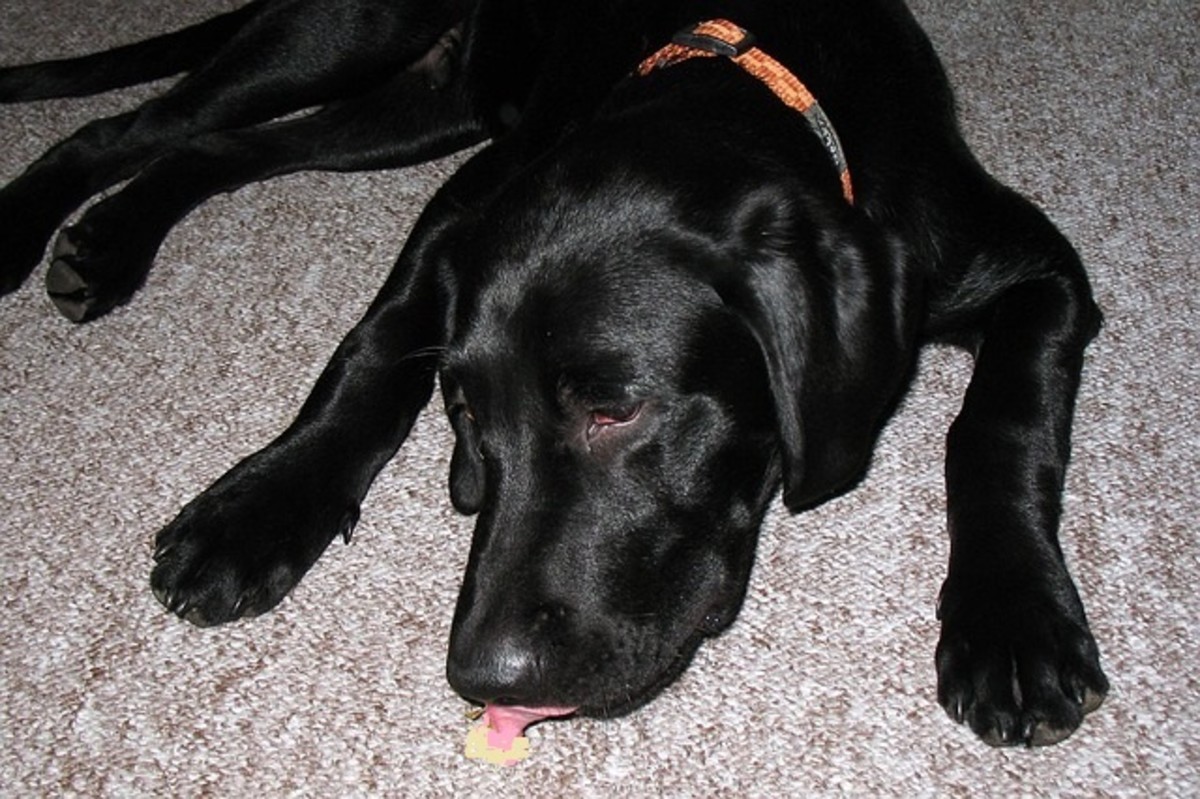
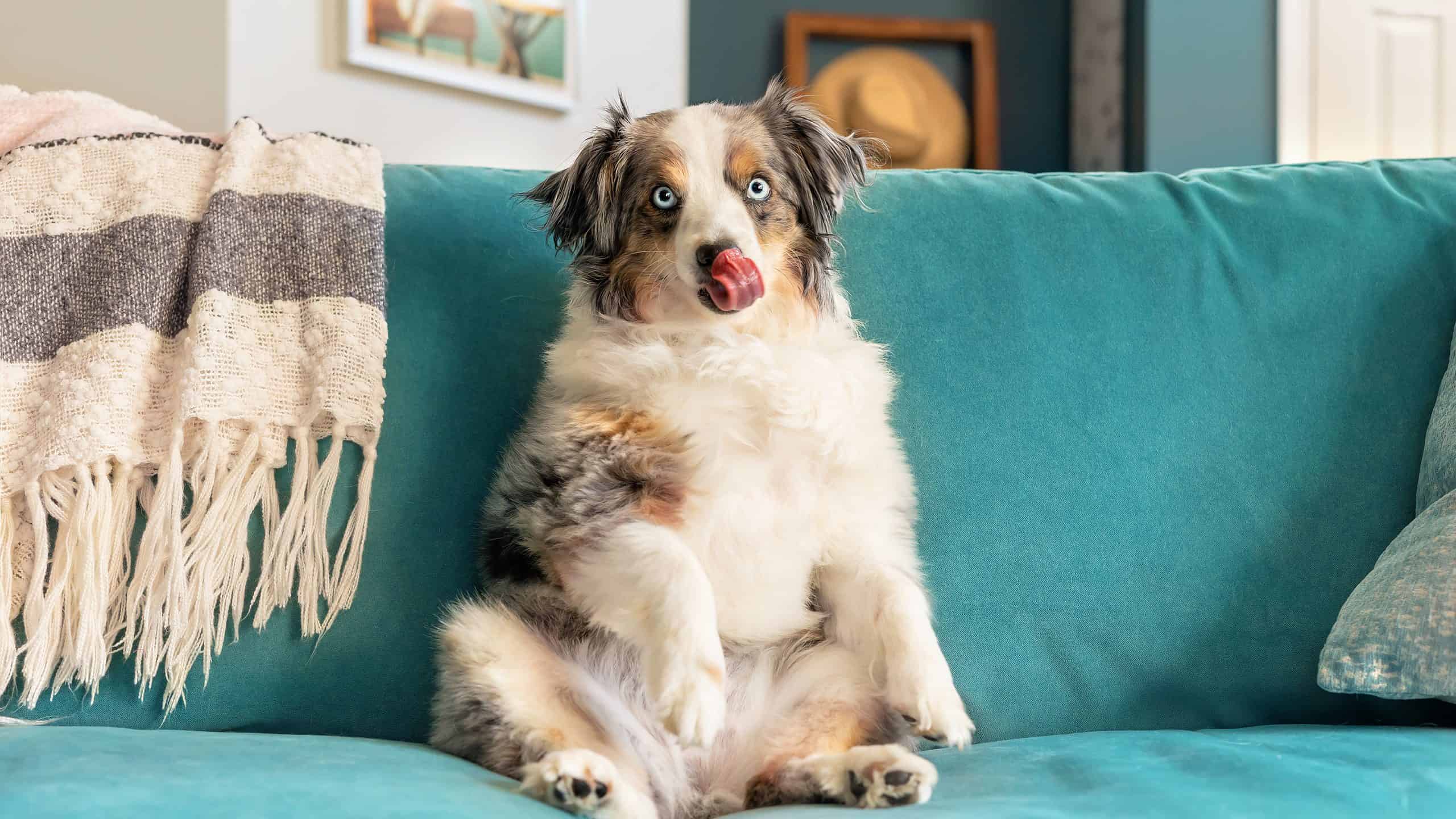
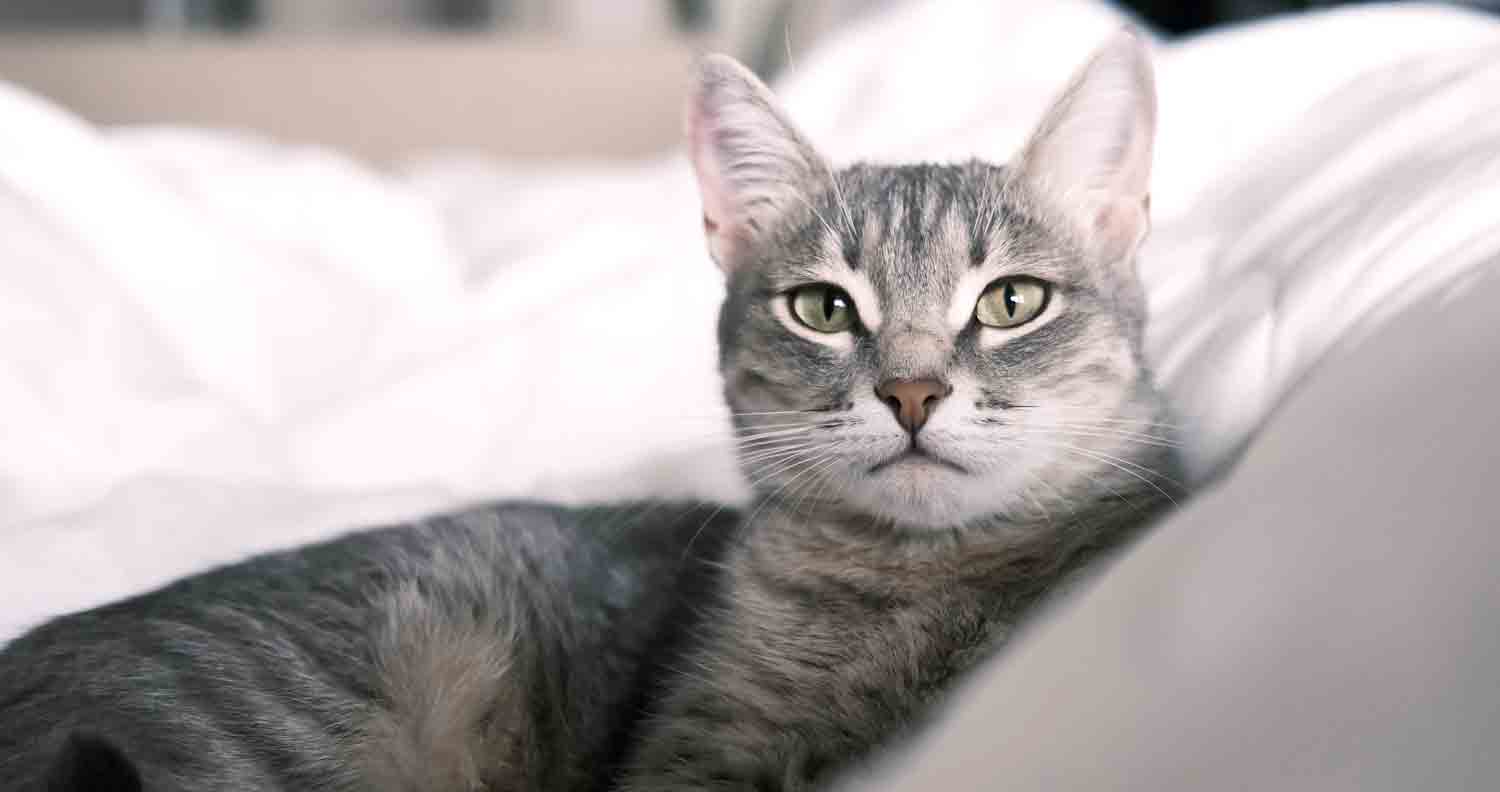
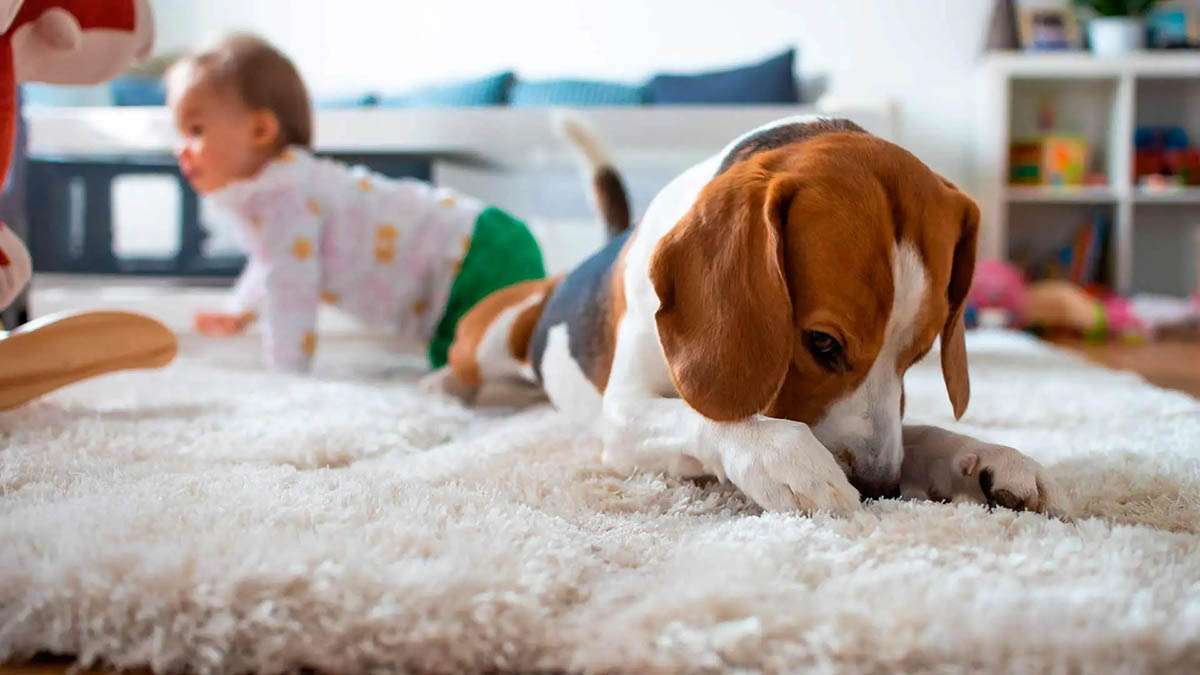
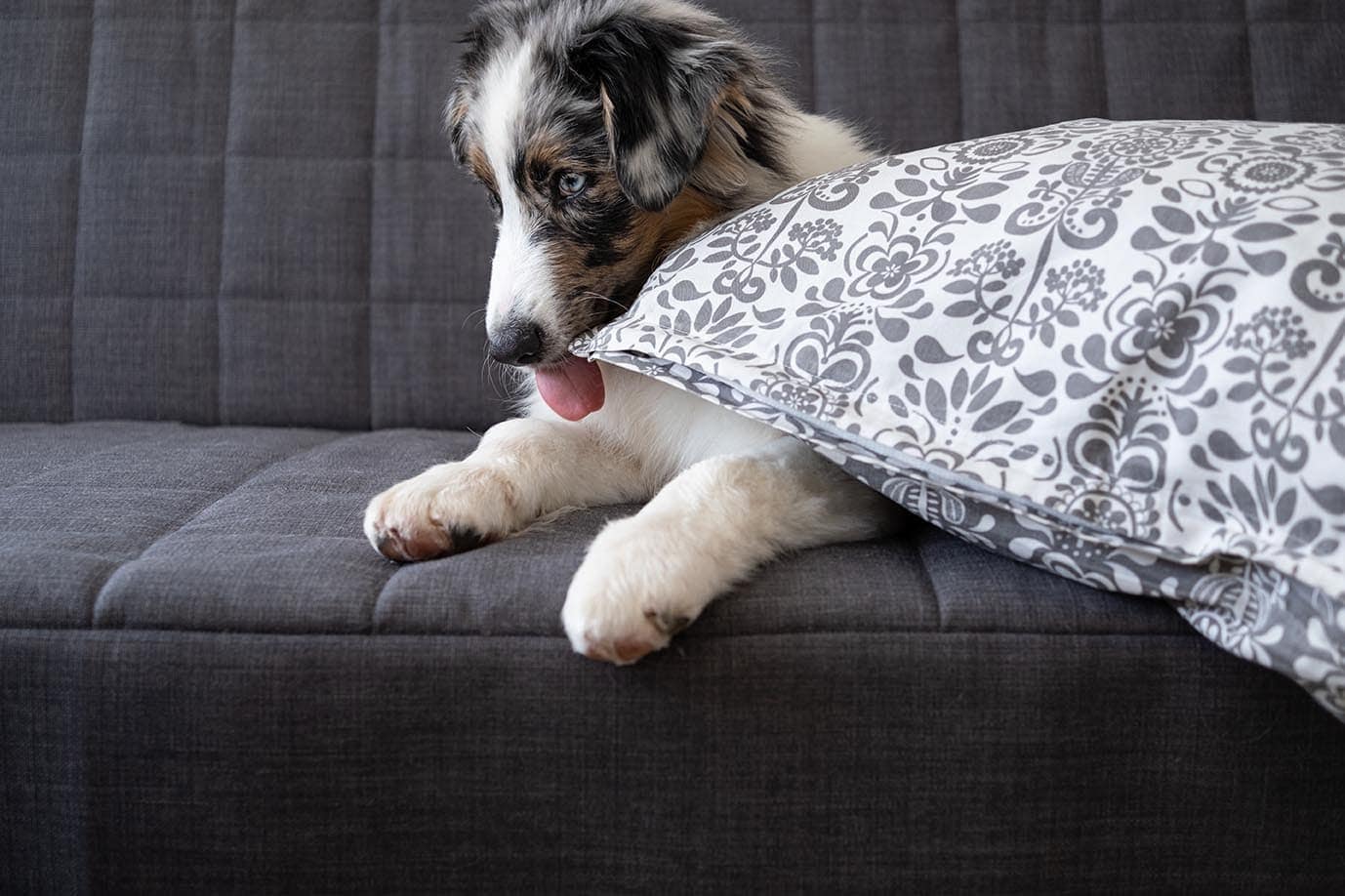
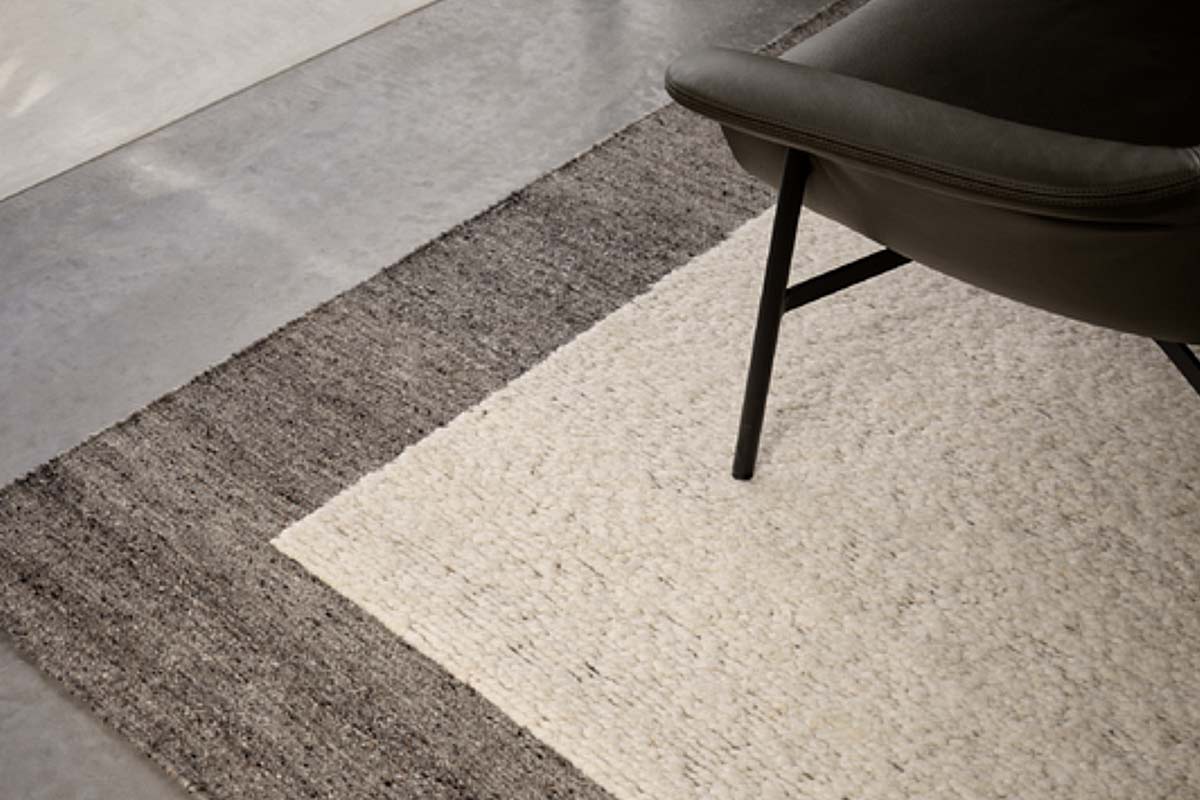
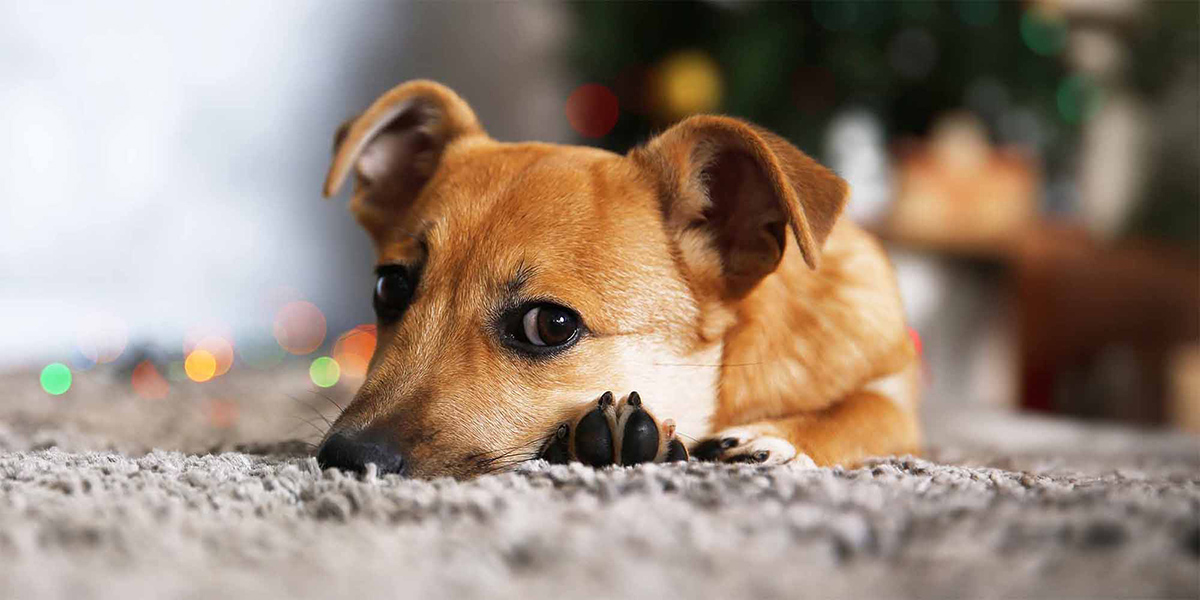
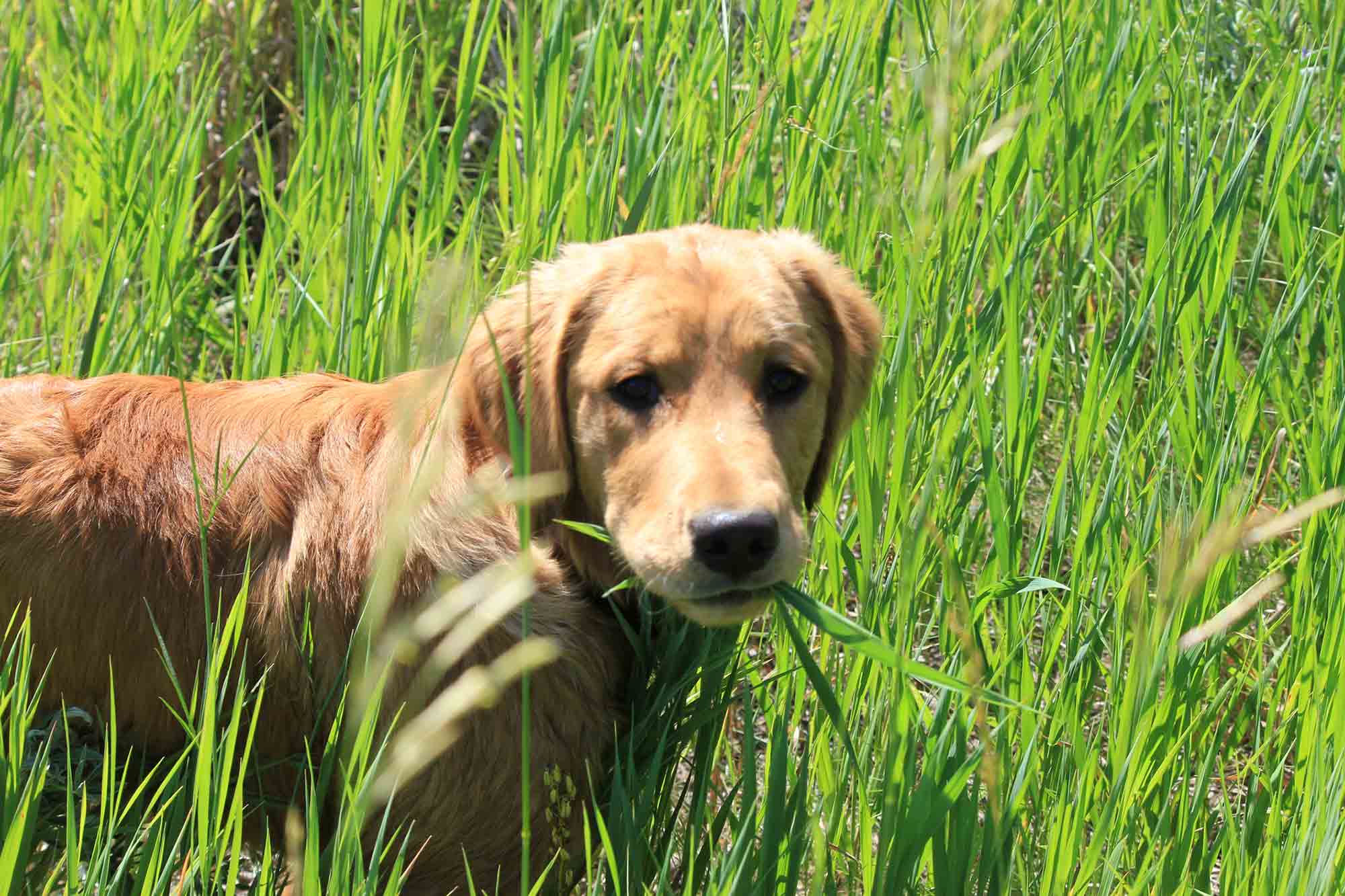
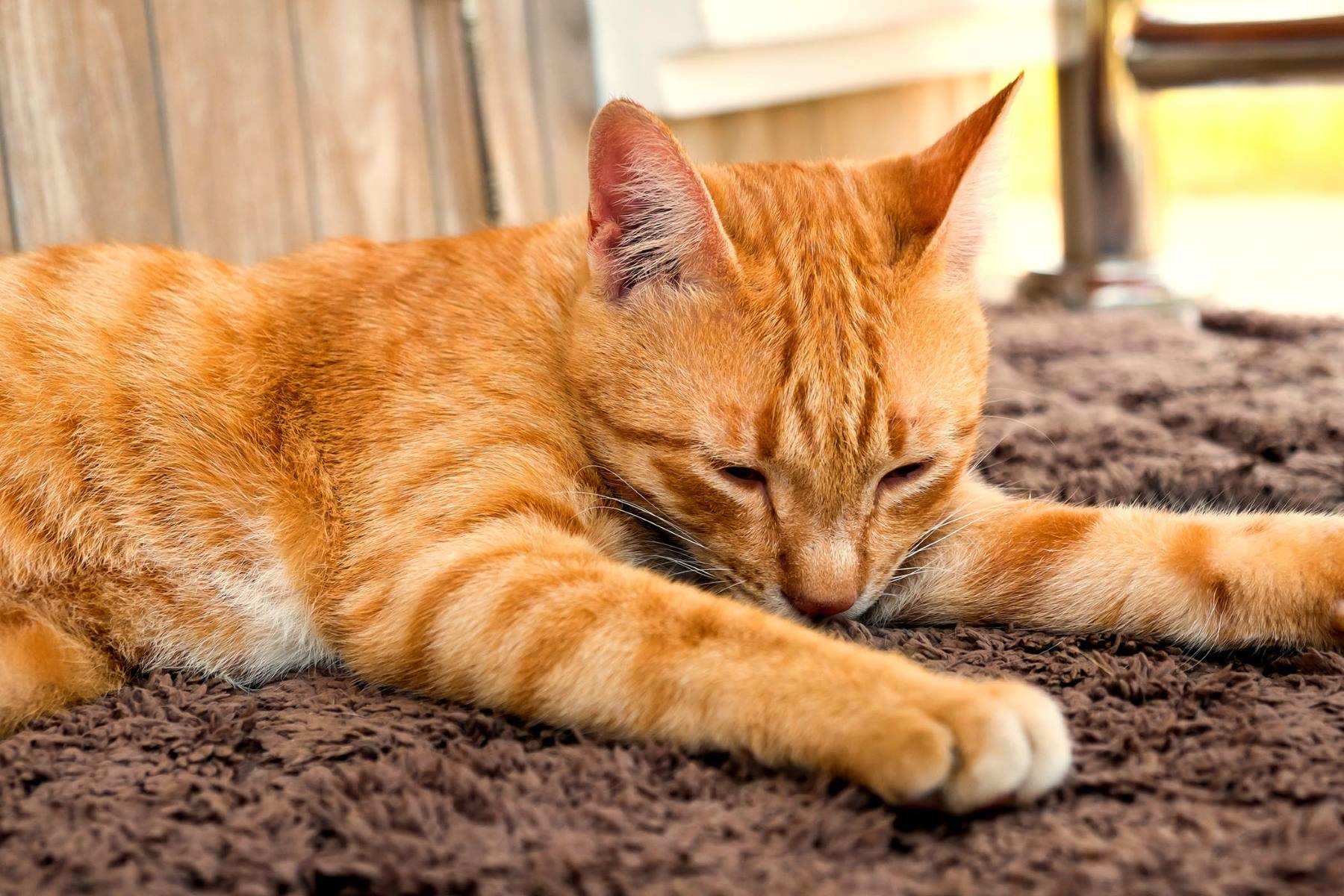

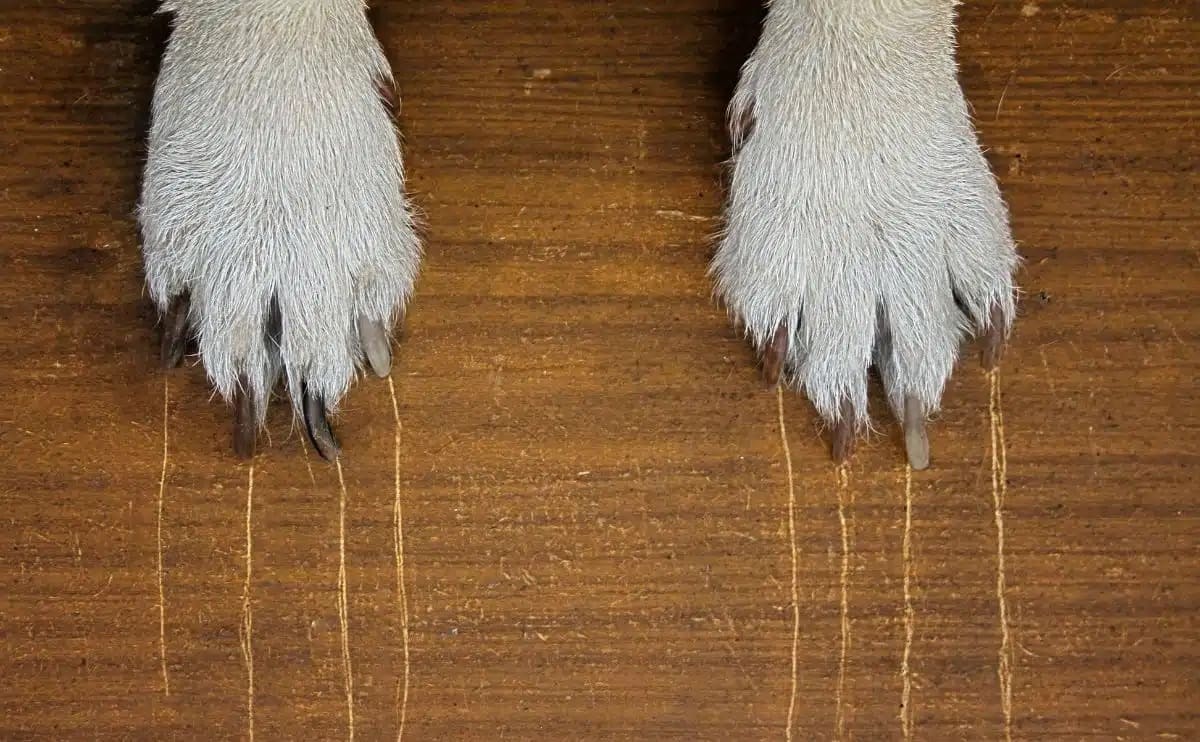
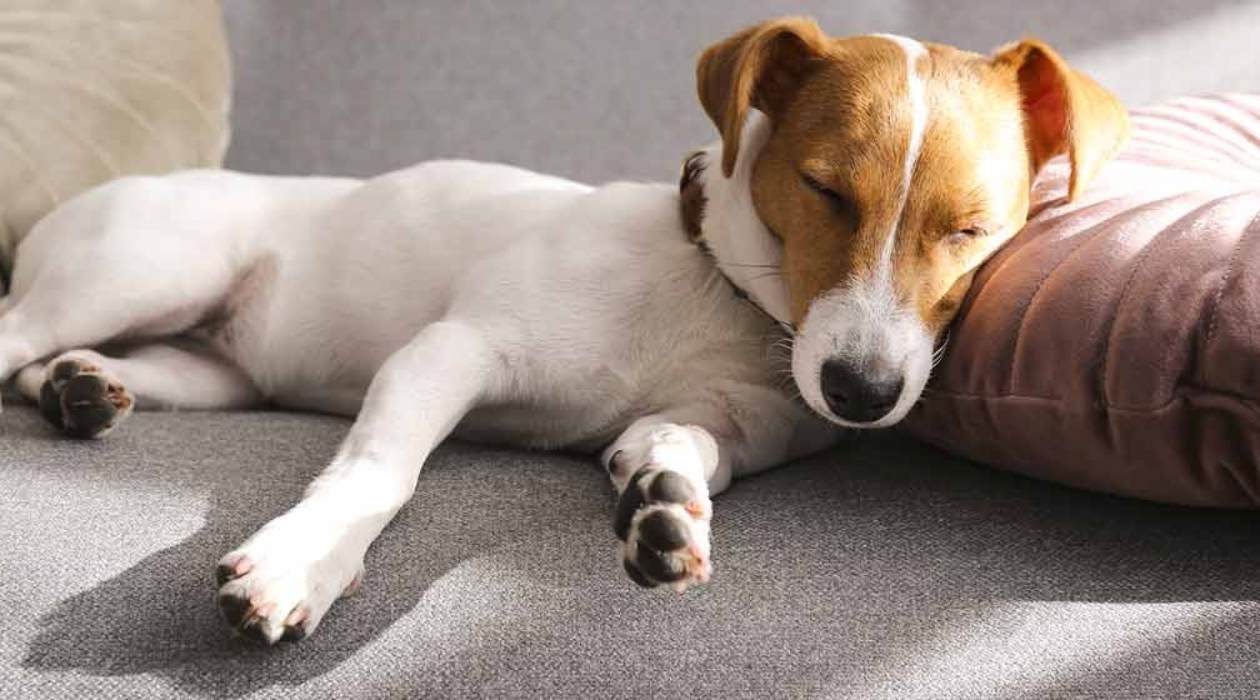
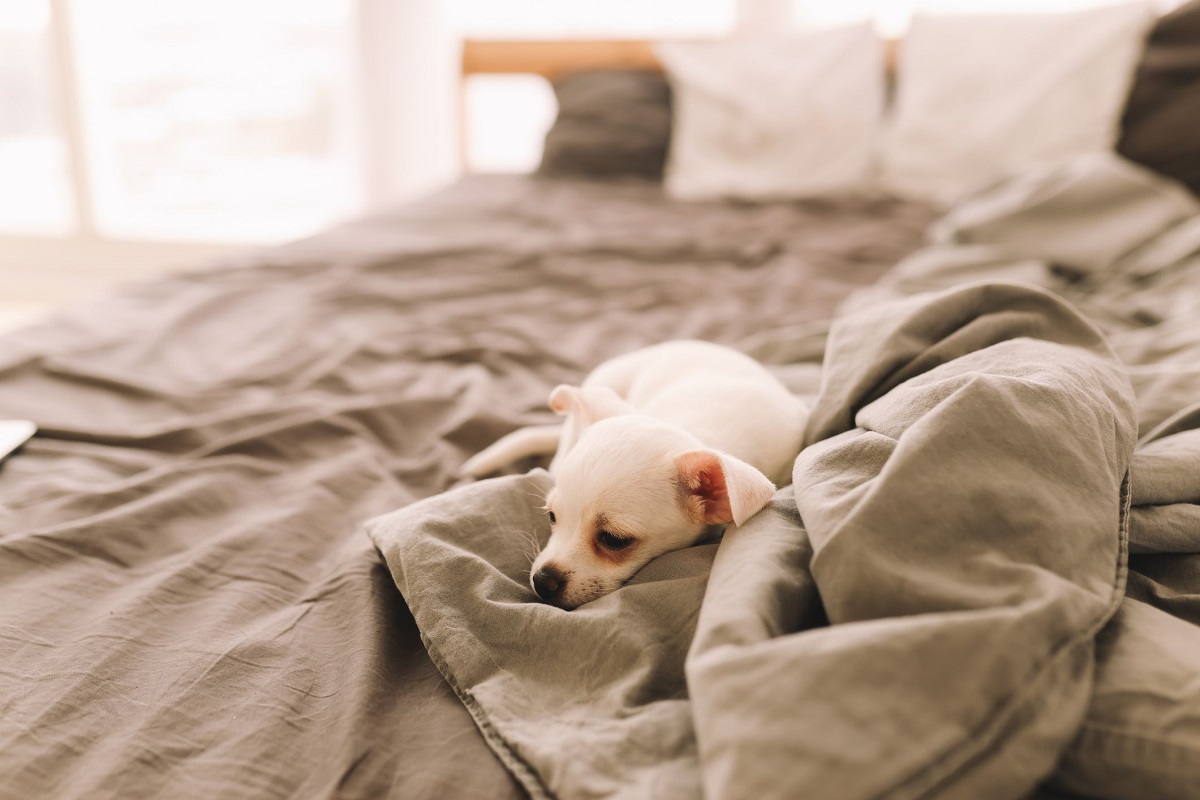


0 thoughts on “Why Do Dogs Lick Rugs”